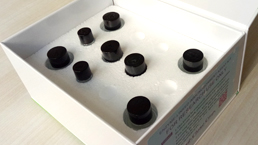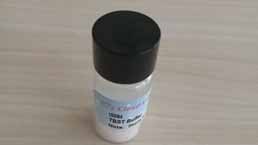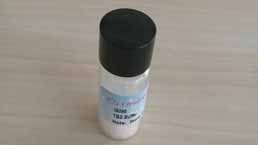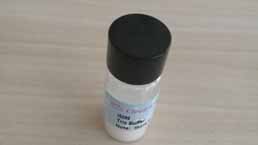OVA Conjugated C-Type Natriuretic Peptide (CNP) 

Overview
Properties
- Product No.CPA721Hu21
- Organism SpeciesHomo sapiens (Human) Same name, Different species.
-
Applications
Immunogen; SDS-PAGE; WB.
If bio-activity of the protein is needed, please check active protein.
Research use only - DownloadInstruction Manual
- CategoryCardiovascular biologyHormone metabolism
- SourceProtein Conjugation
- Original Molecular Massn/a
- Buffer FormulationPBS, pH7.4.
- Traits Freeze-dried powder, Purity > 90%
- Isoelectric Pointn/a
Share your citation
Upload your experimental result
Review
Leave a message
Loading...
Sign into your account
Share a new citation as an author
Upload your experimental result
Review
Please attach serial No. on instruction manual


Contact us
Please fill in the blank.
Name*
Organization
Address
E-mail address*
Telephone
Inquiry*
Verification code*

Formula

Usage
Reconstitute in PBS (pH7.4) to a concentration of 0.1-1.0 mg/mL. Do not vortex.
Storage
Avoid repeated freeze/thaw cycles. Store at 2-8°C for one month. Aliquot and store at -80°C for 12 months.
Stability
The thermal stability is described by the loss rate. The loss rate was determined by accelerated thermal degradation test, that is, incubate the protein at 37°C for 48h, and no obvious degradation and precipitation were observed. The loss rate is less than 5% within the expiration date under appropriate storage condition.
Increment services
Citations
- Pre-ovulatory LH/hCG surge decreases C-type natriuretic peptide secretion by ovarian granulosa cells to promote meiotic resumption of pre-ovulatory oocytes OxfordJournals: source
- Whole Genome DNA Methylation Analysis of Obstructive Sleep Apnea: IL1R2, NPR2, AR, SP140 Methylation and Clinical Phenotype.Pubmed:26888452
- Plasma C-Type Natriuretic Peptide: Emerging Applications in Disorders of Skeletal GrowthPubmed: 30844819
- Tuscany Sangiovese grape juice imparts cardioprotection by regulating gene expression of cardioprotective C-type natriuretic peptidePubmed: 31707544
- Osteocrin alleviates cardiac hypertrophy via attenuating oxidative stressPubmed:35218795

















